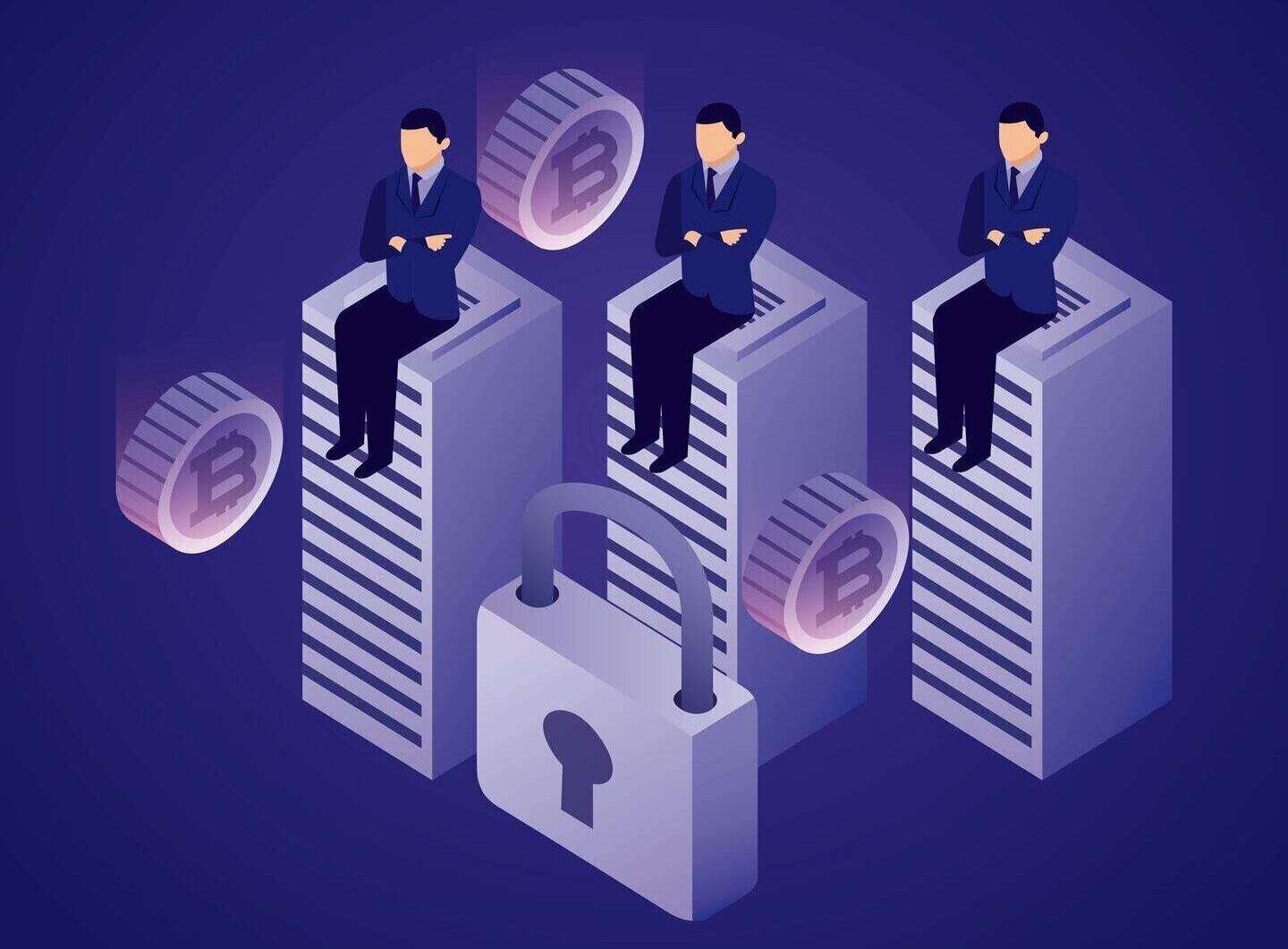The Unseen Hero Of Cybersecurity: How Blockchain Is Revolutionizing Risk Management
The Unseen Hero of Cybersecurity: How Blockchain is Revolutionizing Risk Management

- Cbdcs A Threat Or An Opportunity For Crypto Markets
- Democratizing Decision Making: Unlocking The Power Of Blockchain For Secure Voting And Governance
- The Evolution Of Trading: How Decentralized Exchanges Are Redefining The Future
- Embracing The Decentralized Finance Revolution: Unlocking Profits In DeFi Lending And Borrowing Platforms
- The Rush For Anonymity: Unpacking The Rise Of Privacy Coins
In the world of cybersecurity, threats are constantly evolving, and companies are facing unprecedented risks to their data and operations. As we navigate this treacherous landscape, it’s easy to get caught up in the latest and greatest technologies promising to save the day. But amidst all the hype, there’s one unsung hero that’s quietly revolutionizing the way we approach risk management: blockchain.
At its core, blockchain is a decentralized, digital ledger that records transactions across a network of computers. It’s the underlying technology behind cryptocurrencies like Bitcoin and Ethereum, but its applications extend far beyond digital currency. When it comes to cybersecurity, blockchain’s unique properties make it an incredibly powerful tool for reducing risk.
Immutable and tamper-proof
One of blockchain’s most significant advantages is its immutability. Because the ledger is distributed across a network of computers, any changes made to it are immediately visible to all parties involved. This makes it virtually impossible for hackers to tamper with data or transactions without being detected. In an era where data breaches and integrity attacks are on the rise, this is a game-changer.
Imagine a scenario where a hacker attempts to alter sensitive data, such as financial records or personal identifiable information (PII). With traditional systems, this would often go undetected until significant damage was done. But with blockchain, the attempt would be immediately visible, allowing for swift action to be taken to prevent further damage.
Decentralized and resilient
Another critical benefit of blockchain is its decentralized nature. Unlike traditional systems, which often rely on a single, centralized point of control, blockchain distributes power across a network of nodes. This makes it much more difficult for hackers to launch a successful attack, as they’d need to compromise multiple nodes simultaneously.
This decentralized architecture also makes blockchain far more resilient in the face of disasters or other disruptions. In a traditional system, a single point of failure can bring the entire network crashing down. But with blockchain, the ledger remains intact, even if one or more nodes go offline.
Transparency and accountability
Blockchain’s transparency is another key aspect that makes it so effective at reducing risk. With traditional systems, data can be altered or manipulated without leaving a digital trail. But blockchain’s immutable ledger provides an auditable record of all transactions and changes, making it easy to track down the source of any suspicious activity.
This level of transparency also promotes accountability within an organization. When everyone knows that their actions will be visible and auditable, it tends to foster a culture of responsibility and compliance.
Identity verification and management
Finally, blockchain can play a significant role in identity verification and management. With traditional systems, identity data is often stored in centralized repositories, making it vulnerable to theft and exploitation. But blockchain-based identity verification systems allow individuals to control their own identity data, giving them greater control and agency over how it’s used.
This approach also enables organizations to verify identities in a secure and decentralized manner, reducing the risk of identity theft and related attacks.
Beyond the hype
While blockchain may still be in its early days, it’s clear that its impact on cybersecurity risk management is real and significant. As companies begin to adopt blockchain technology, we can expect to see a reduction in data breaches and related attacks.
Of course, no technology is a silver bullet, and blockchain is no exception. It’s essential to implement it in conjunction with other security measures and best practices to achieve the greatest possible benefits.
But for the time being, blockchain is a powerful tool that’s poised to become a key player in the world of cybersecurity.
